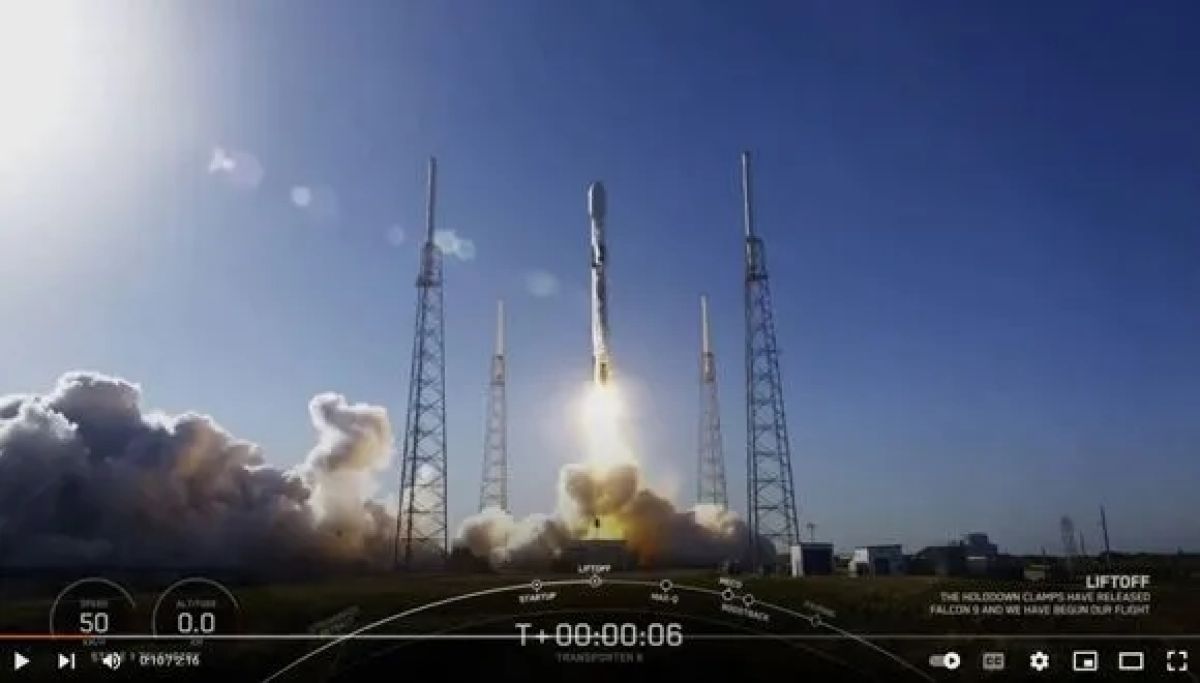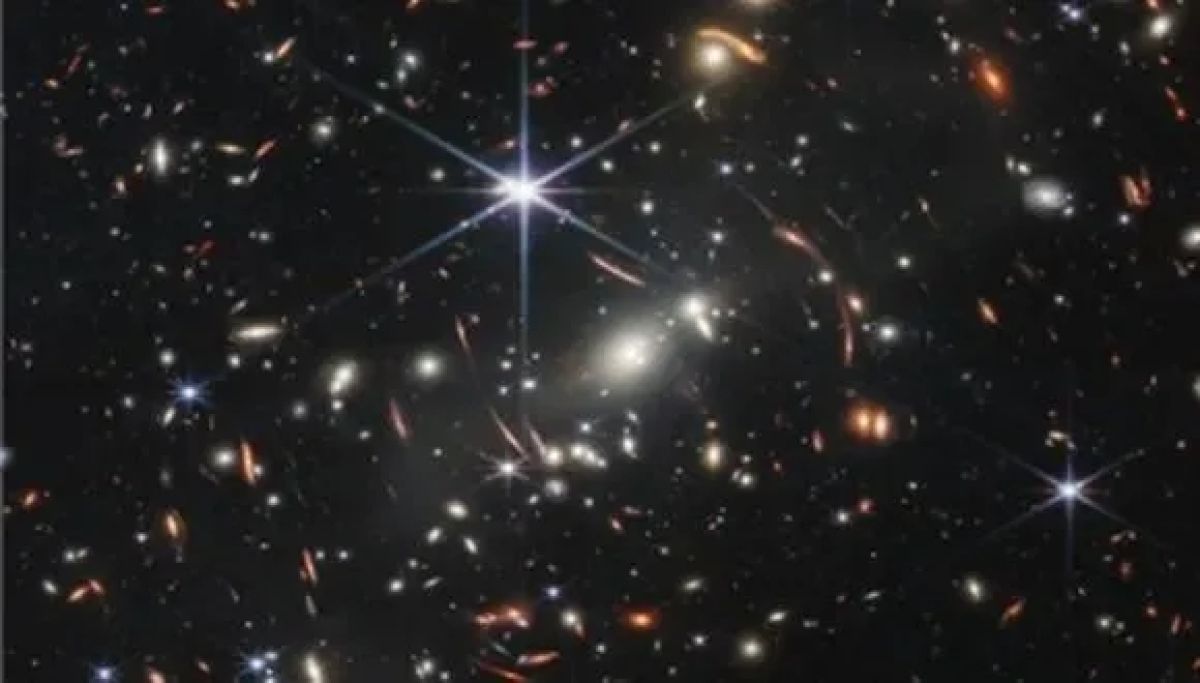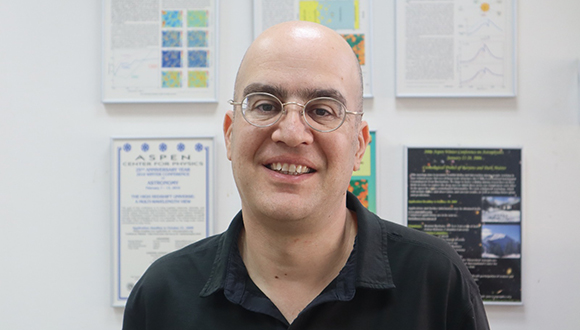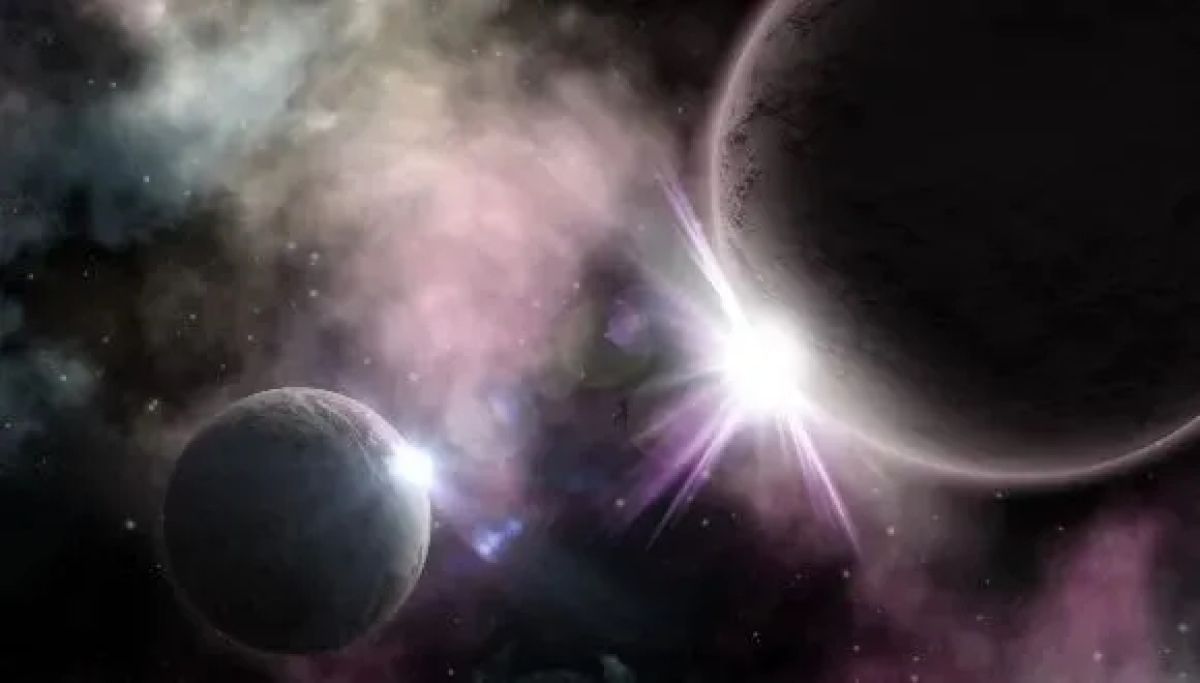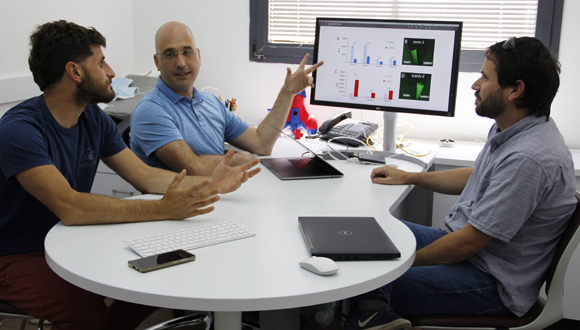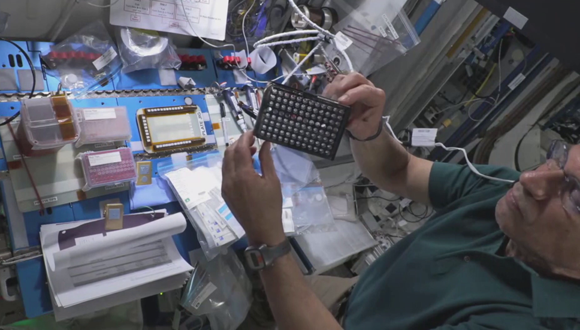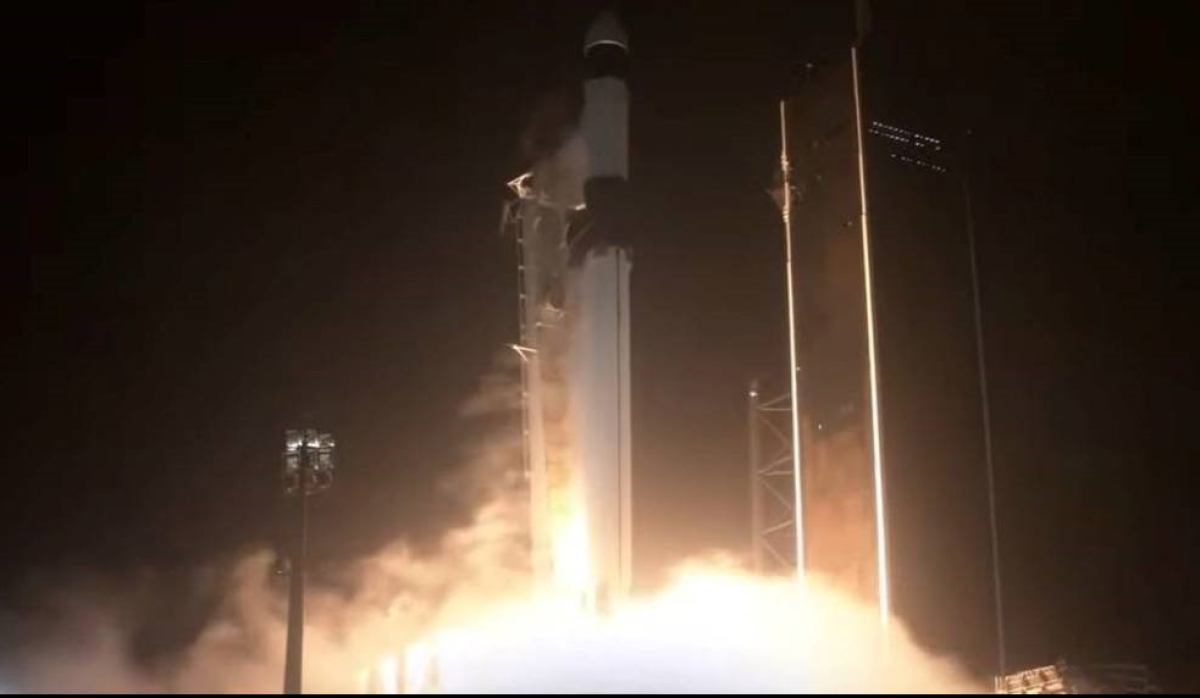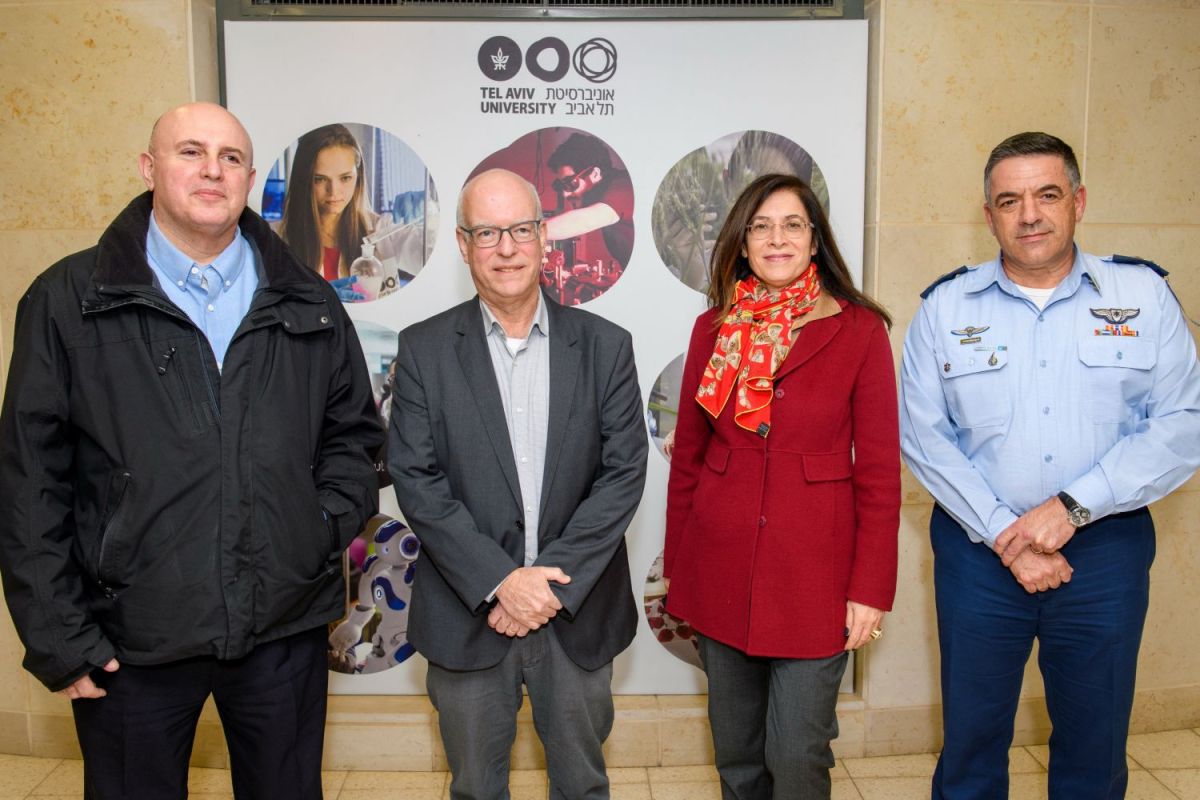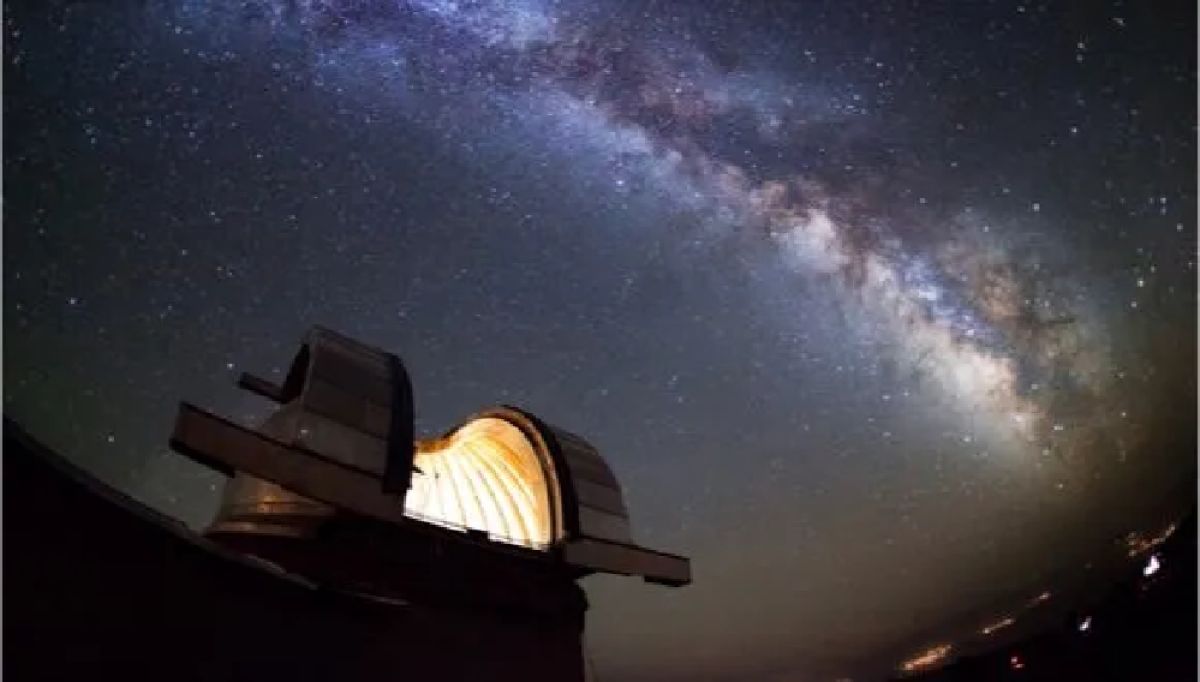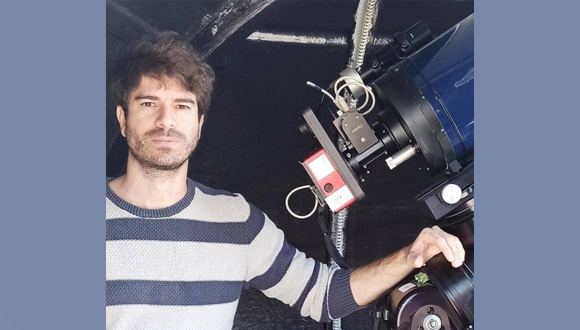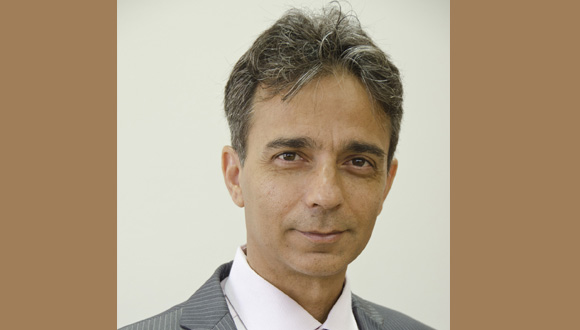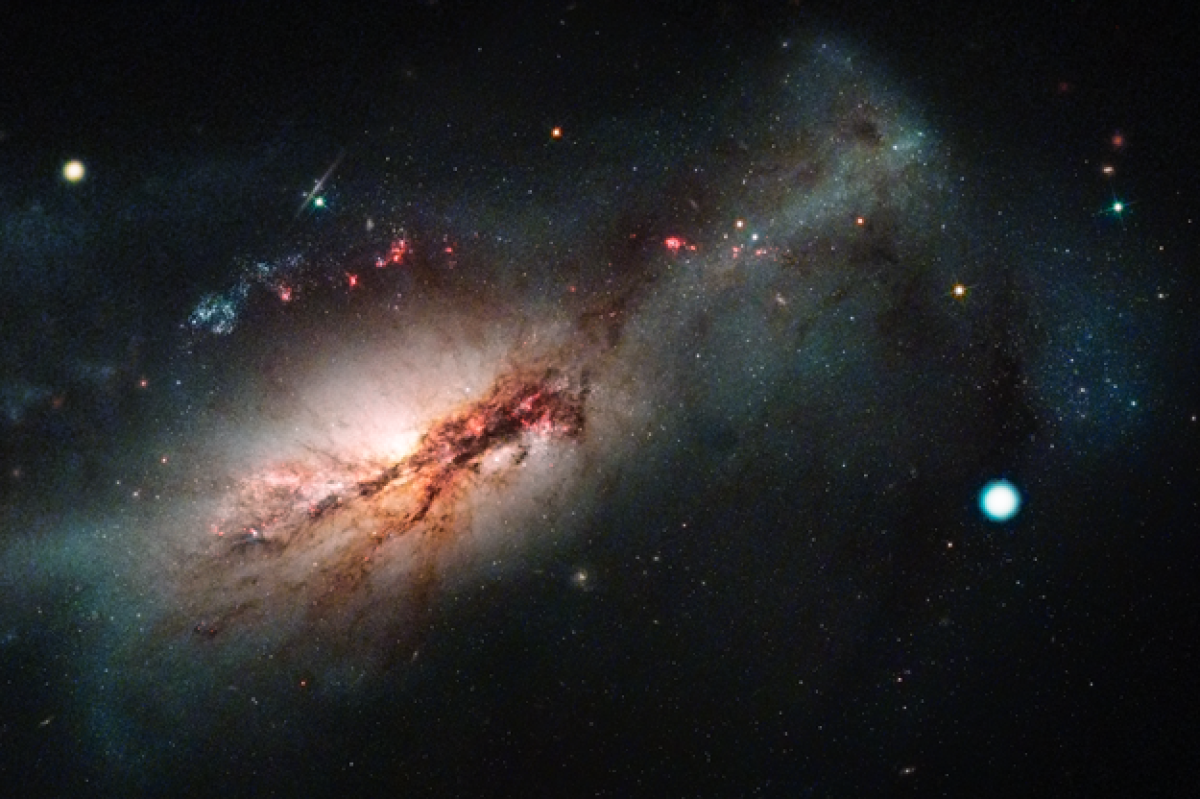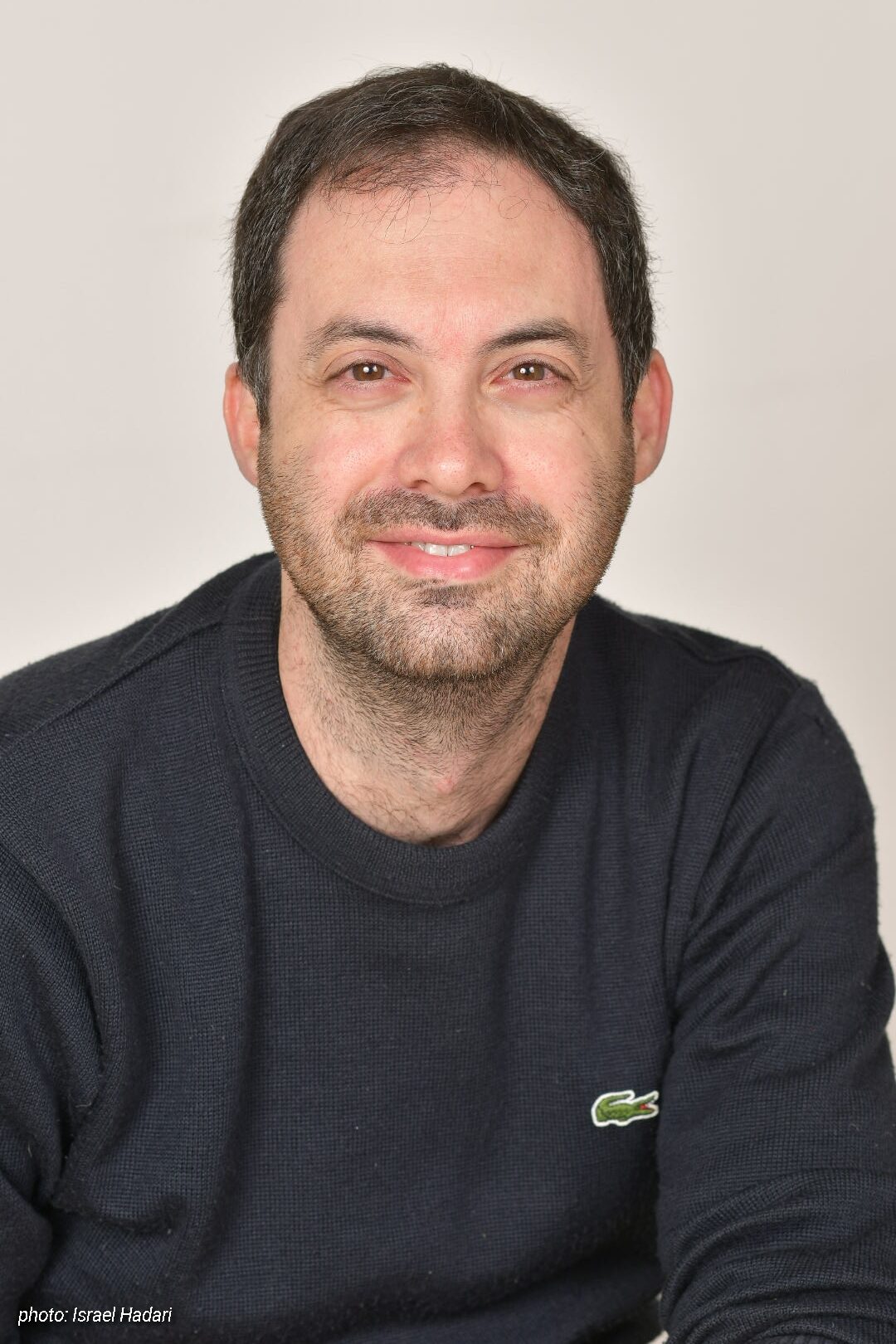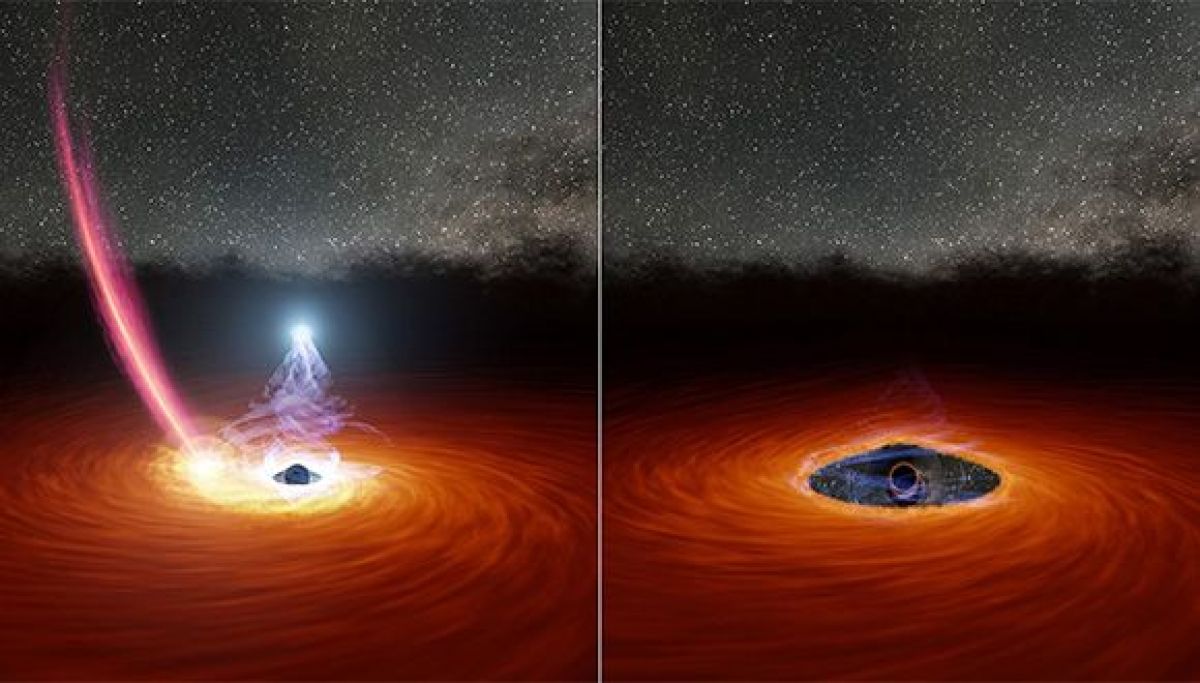First Israeli Nanosatellite Designed to Communicate from Space with Optical Ground Station
TAU-SAT3 was successfully launched yesterday. The researchers: “An important step toward demonstrating reliable quantum communication”.
A new technological achievement for Tel Aviv University: in less than two years TAU launched three nanosatellites into space. The third, TAU-SAT3, was launched yesterday on SpaceX’s launch vehicle Falcon 9, from Cape Canaveral Space Force Station in Florida.
According to the researchers, TAU-SAT3, developed at the TAU’s Center for Nanosatellites and New Space of TAU’s Iby and Aladar Fleischman Faculty of Engineering, represents a scientific breakthrough, paving the way toward demonstration of optical and quantum communication from space via nanosatellites.
“As of today, the Faculty of Engineering at Tel Aviv University is the leader of [New Space and building nanosatellites] in Israel and is a focal point for students, schoolchildren, research centers and industry in this field.” Prof. Noam Eliaz
WATCH: TAU-SAT3 was successfully launched to space on January 3, 4:45pm Israel time (Credit: from SpaceX’s launch video)
TAU Paves the Way – New Space & Nanosatellites
The researchers: “TAU leads Israel’s effort to create satellite communication channels based on optical and quantum technologies. To implement long-distance quantum communication over hundreds of kilometers or more we need to go into space. TAU-SAT3 is designed to pave the way toward demonstrating quantum communication via a quantum nanosatellite, to be built in the future at TAU.”
“TAU’s first two nanosatellites were designed to measure cosmic radiation around the Earth and test various means for protecting the electronic systems installed on satellites from this radiation,” explains Prof. Meir Ariel, Head of TAU’s Center for Nanosatellites. “To this end, the nanosatellites carried special payloads built in collaboration with various scientific institutions, including the SOREQ Nuclear Research Center. The third satellite, TAU-SAT3, was the first to be fully designed, developed, and built at TAU.”
Dean of the Faculty of Engineering, Prof. Noam Eliaz says, “the Faculty of Engineering at Tel Aviv University is proud of the TAUSAT3 nanosatellite’s successful launching. This is the third nanosatellite we have launched in less than two years. The launching is a result of research and development executed by the Nanosatellites Center at the Faculty of Engineering in collaboration with the QuanTAU Center. This nanosatellite realizes several milestones on our way to achieve quantum communication from space by the means of a quantum nanosatellite, which will be built in Tel Aviv University in the future.”
“Recently, we were the sole winners of a tender by the Ministry of Science and Technology of Israel to build and launch a fleet of satellites while making the field of New Space and building nanosatellites accessible to students in the periphery. As of today, the Faculty of Engineering at Tel Aviv University is the leader of this field in Israel and is a focal point for students, schoolchildren, research centers and industry in this field. “
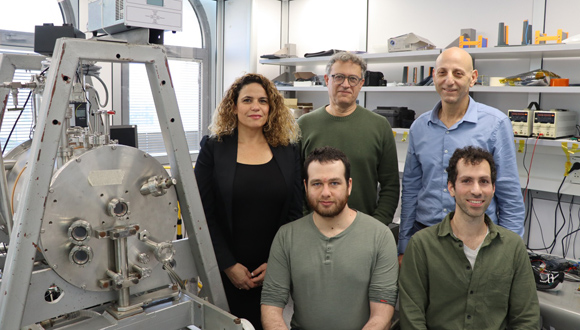
The Satellite Team (Clockwise): Orly Blumberg, Prof. Ofer Amrani, Prof. Meir Ariel, Dr. Dolev Bashi & Idan Finkelstein
Will Orbit Earth for 5 Years
Launched to an altitude of 550 km, TAU-SAT3 is expected to orbit the earth for about five years and carry out several scientific tasks. It carries on board for the first-time batteries made by the Israeli company Epsilor that will provide it with energy for its entire life in orbit.
Its main mission will be to communicate with the new optical ground station set up on the roof of the Shenkar Physics Building on the TAU campus.
This is the first optical ground station in Israel, and one of very few worldwide, that can lock onto, track, and collect data from a nanosatellite which, viewed from Earth, is smaller than a single pixel. According to the researchers, this means that in the future it will be possible to build and launch nanosatellites for optical communication at a much lower cost compared to large satellites.
TAU-SAT3 will also conduct experiments in satellite communication at very high bit rates and in scenarios where satellite communication channels have been disrupted.
“The novelty in this project is the ability of the communication systems installed in both the nanosatellite and the ground station to reconstruct the lost data in real time using smart signal processing algorithms developed at TAU.” Prof. Meir Ariel
Reconstruct Lost Data in Real Time
“TAU-SAT3 is a 20cm nanosatellite carrying an optical device that is only a few centimeters long,” says Prof. Ariel. He explains that “when the satellite passes over Israel, the device will emit light at various wavelengths, and the telescope of the optical ground station will identify the tiny flash, lock onto it, and track it. The nanosatellite will simultaneously send both optical and radio signals back to earth.”
“However, when the optical device turns toward the optical ground station, the antenna will face in a different direction. As a result, a significant portion of the data might be lost. The novelty in this project is the ability of the communication systems installed in both the nanosatellite and the ground station to reconstruct the lost data in real time using smart signal processing algorithms developed at TAU.”
Prof. Yaron Oz, Head of TAU’s Center for Quantum Science and Technology and former Rector of TAU: “The principles of quantum mechanics enable an unconditionally secure encryption method. Whenever a hostile entity tries to intercept a transmitted message, the message immediately dissipates. Moreover, the interception attempt is detected – unlike current encryption methods, in which interceptions remain undetectable.”
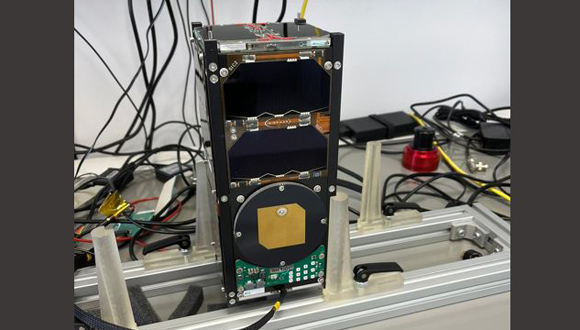
TAU-SAT3
“We hope that TAU-SAT3 will for the first time enable communication between an optical ground station and a satellite, taking us a significant step forward with regard to demonstrating reliable quantum communication.” Prof. Yaron Oz
“Consequently, eavesdropping-proof quantum communication is today at the forefront of scientific research. Governments and giant organizations around the world are involved in a race for quantum encryption capabilities – especially since quantum computers are expected to crack today’s encryption algorithms. It’s an enormous effort – in terms of science, technology, and budgets.”
Prof. Oz adds: “It must be noted that beyond the encryption of security data, once current encryption methods are cracked by quantum computing, all data will be exposed – including personal medical and financial records, email and WhatsApp messages, etc. This makes quantum encryption highly relevant to protecting everyone’s privacy. Quantum communication is very sensitive to the medium through which it is transmitted, such as optical fibers or the atmosphere. We hope that TAU-SAT3 will for the first time enable communication between an optical ground station and a satellite, taking us a significant step forward with regard to demonstrating reliable quantum communication.”
A large number of TAU faculty members took part in the groundbreaking project, including Prof. Ofer Amrani, the project’s Principal Investigator, Prof. Haim Suchowski, Head of the Femto-Nano Research Laboratory, and the students and researchers who developed the nanosatellite’s systems: Dr. Dolev Bashi, Idan Finkelstein, Michael Tzukran, Ofir Cohen, David Greenberg, Barak Levi, Alon Haramati, Onn Rengingad, Ofir Yafe, Shahar Morag, Ori Dagan, Elad Sagi and Orly Blumberg.

